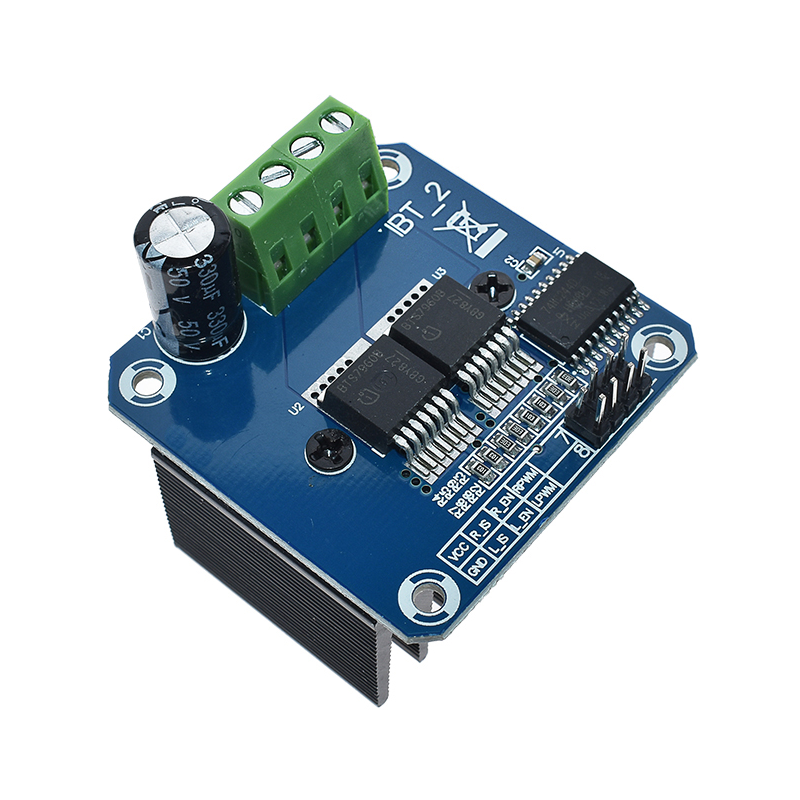ullisun58
Well-known member
wenn ich mich gerade nicht verzählt habe sind es 29 incl. I2C2 (I2C) + 3*4(Motoren) + 2*1(Bumper) + 1 (Lift) + 1 Rain + 1 Stop-Button + 1 Switch on
Ich komme auf 20 must have beim Landroid. Evtl separater I2C für Display und Tastatur.
Wie viele hat Pi4 (26?)

